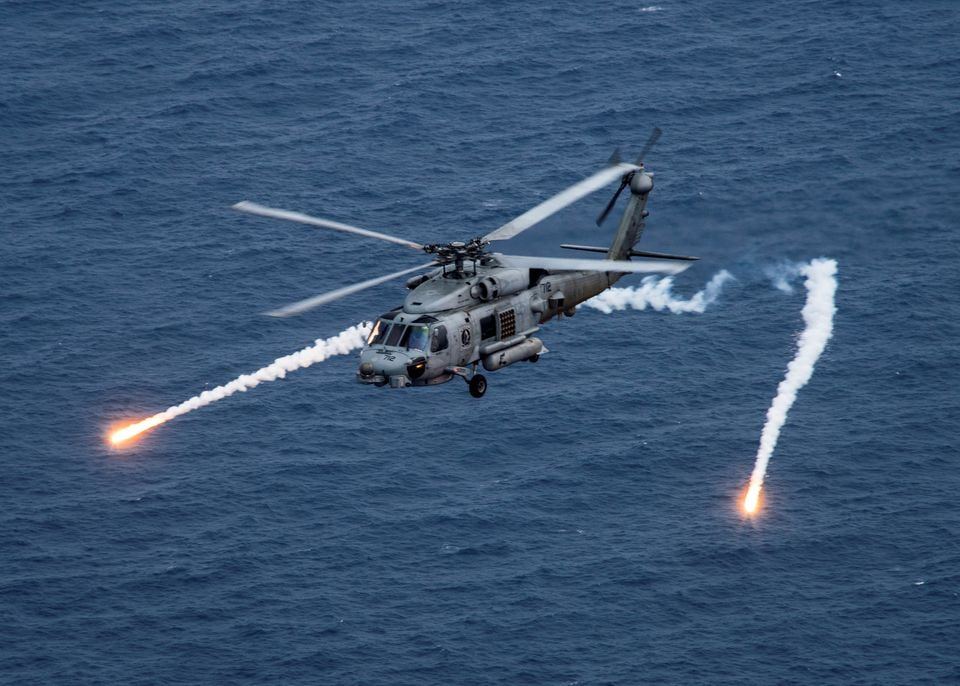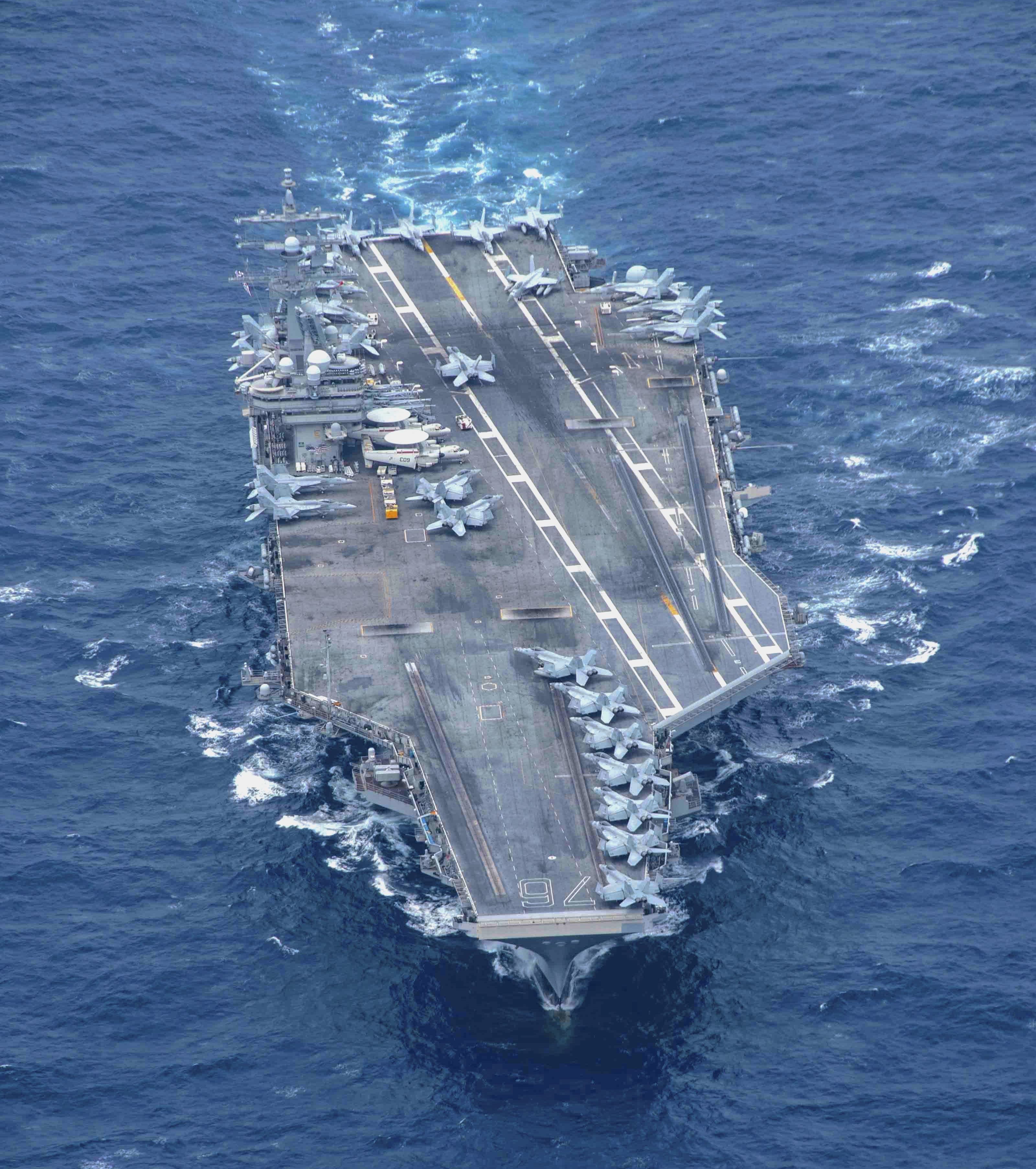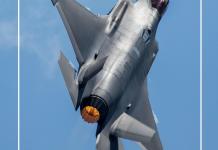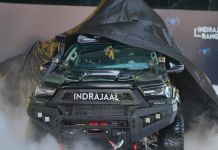The US Navy has decided to boost its naval presence in Japan with powerful destroyers that can challenge Chinese submarines. The revamping of its defenses and new deployments comes in the backdrop of Chinese belligerence against Taiwan and its increased maritime maneuvers near Japan.
CIA Expert Decodes Why Russia Which Even Hacked Into US Power Grids Is Failing In Cyber War In Ukraine
The US Navy has hinted at a shift in its Asian policy as any threat to Taiwan’s sovereignty poses a risk to Japan’s security.
On several occasions, China has warned that it intends to unite Taiwan with the Chinese heartland and with force, if necessary.
In what could be seen as a show of strength and an intimidation tactic against Taiwan, the Chinese aircraft battle group led by Liaoning was sent to carry out combat training in the Philippine Sea to the east of Taiwan and south of Japan, two regions vital to its plans to capture the self-ruled island state. According to US reports, the Chinese vessels have been sailing very close to Japan.
In the backdrop of these bold moves by the PLA Navy, Japan’s closest ally, the US is fielding advanced destroyers with built-in hangars for anti-submarine choppers to secure its frontiers and create effective deterrence.

For the first time in March this year, the Navy and the Japan Maritime Self-Defense Force conducted a torpedo exercise in Tokyo Bay. An inert training torpedo was thrown into Japanese waters by an MH-60R helicopter, simulating an attack on a submarine.
China Deploys Its ‘Best Destroyers’ In Indo-Pacific Waters In Response To US Navy’s ‘Muscle-Flexing’ With Japan
The drills were significant, as, before this, all similar torpedo exercises were held off the coast of San Diego, US.
The drills took place as the US Navy covertly reshuffled its ship roster in Japan, moving newer, more powerful vessels closer to the Taiwan Strait and reflecting the changing priorities, Nikkei Asia reported.
Original post claims that Taiwanese fishing boat "Sheun Fu Yu 83" filmed the Liaoning near the contested Senkaku Islands. pic.twitter.com/A2DFYIubch
— Lia Wong (@LiaWongOSINT) May 6, 2022
The US has also ramped up its presence in the region, conducting military drills with allies Japan and South Korea and carrying out Freedom of Navigation Operations that have irked China.
Last month, a US destroyer USS Sampson transited through the hotly contested Taiwan Strait which was reportedly shadowed by the PLA. China has repeatedly flagged American presence in the region and its assistance to Taiwan as a provocation.
At the same time, as EurAsian Times reported, the US is unprepared for a full-scale battle with China due to weak logistics in the region and, fewer refueling bases that would be critical in an armed conflict with PLA.
Thus, the overhaul of its naval presence in Japan could be seen as a move to compensate for the gaps in military preparedness in the Indo-Pacific.
US Destroyers To Hunt Chinese Submarines
The newer ships to be deployed to Japan are expected to multitask, unlike the older ships that were focused on ballistic missile defense as deterrence against North Korea.
The new ships will be able to combat China’s superior jets, stalk submarines, and protect against the latest anti-ship cruise missiles, all while keeping a lookout for ballistic missiles.
Four of the new destroyers to be deployed are the Flight IIA type, which comes with helicopter hangars. These can fit MH-60R anti-submarine helicopters used in the torpedo drill.
The MH-60R can detect, track, and destroy all underwater threats with its sonobuoy launcher, different radar, torpedoes, and anti-ship missiles. It is the primary weapon for chasing down enemy submarines.
Taiwan recently conveyed that it could not afford the US MH-60R Sea Hawk anti-submarine helicopters. Therefore, having them deployed in Japan could be the second-best option against China.

“U.S. Navy Flight IIA destroyers, with embarked helicopters and aircrews, greatly expand the range and capabilities of anti-submarine warfare throughout the Indo-Pacific with their ability to carry helicopters to areas beyond the reach of land-based helicopters,” Lt. Mark Langford, the U.S. 7th Fleet’s deputy public affairs officer, told Nikkei Asia.

“A principal difference between the earlier Arleigh Burke-class ships and the more-recent Flight IIA ships is the helicopter hangar,” a U.S. naval analyst told Nikkei. The analyst explained that while the earlier ships also had a helicopter landing pad and could refuel choppers, “they cannot embark a helicopter for an extended period,” the analyst explained.
“With its hangar, a Flight IIA ship can embark a helicopter of its own and thus always have one on hand.”
Along with the flagship USS Blue Ridge, the USS Ronald Reagan, the Navy’s sole forward-deployed aircraft carrier — and three guided-missile cruisers, there are currently eight Arleigh Burke-class destroyers in Yokosuka.
Yokosuka is widely regarded as one of the most strategically vital sites in the US military, with 13 American warships. Its significance has only grown under the Joe Biden administration, which sees China as a “pacing threat” and fears Beijing may want to unite Taiwan with the mainland at some point.
According to the US Congressional Research Service, it takes a day and a half to sail from Yokosuka to the Taiwan Strait at a pace of 30 knots.

In the southwestern prefecture of Nagasaki in Sasebo, the US Navy has its other main facility in Japan. This location is significantly closer to Taiwan, with nine additional American ships stationed there.
Five of these ships are big amphibious ships charged with transporting hundreds of US Marines from Okinawa to the battlefield in the event of a contingency.
The recent Chinese and Russian maritime activities have heightened the urgency of US naval operations. Last October, ten Chinese and Russian naval vessels crossed through a narrow chokepoint in Japan’s north, heading eastward toward the Pacific Ocean.
At a congressional hearing on May 3, Chairman of the Joint Chiefs of Staff Mark Milley, the highest-ranking military officer, said that “it would always be nice to have more ships.
But the fact of the matter is, the most important thing is to have the ships that we do have, have them in a readiness status, have them with the manning, the training, and the equipping, have them in a very significant readiness status.”
China has the largest naval fleet by size in the world and the ‘home advantage’ as any battle fought between the US and China will be closer to the latter’s home. Having advanced destroyers and anti-submarine choppers in Japan will give the US a significant advantage in challenging the dragon.
- Contact the author at sakshi.tiwari9555@gmail.com
- Follow EurAsian Times on Google News




